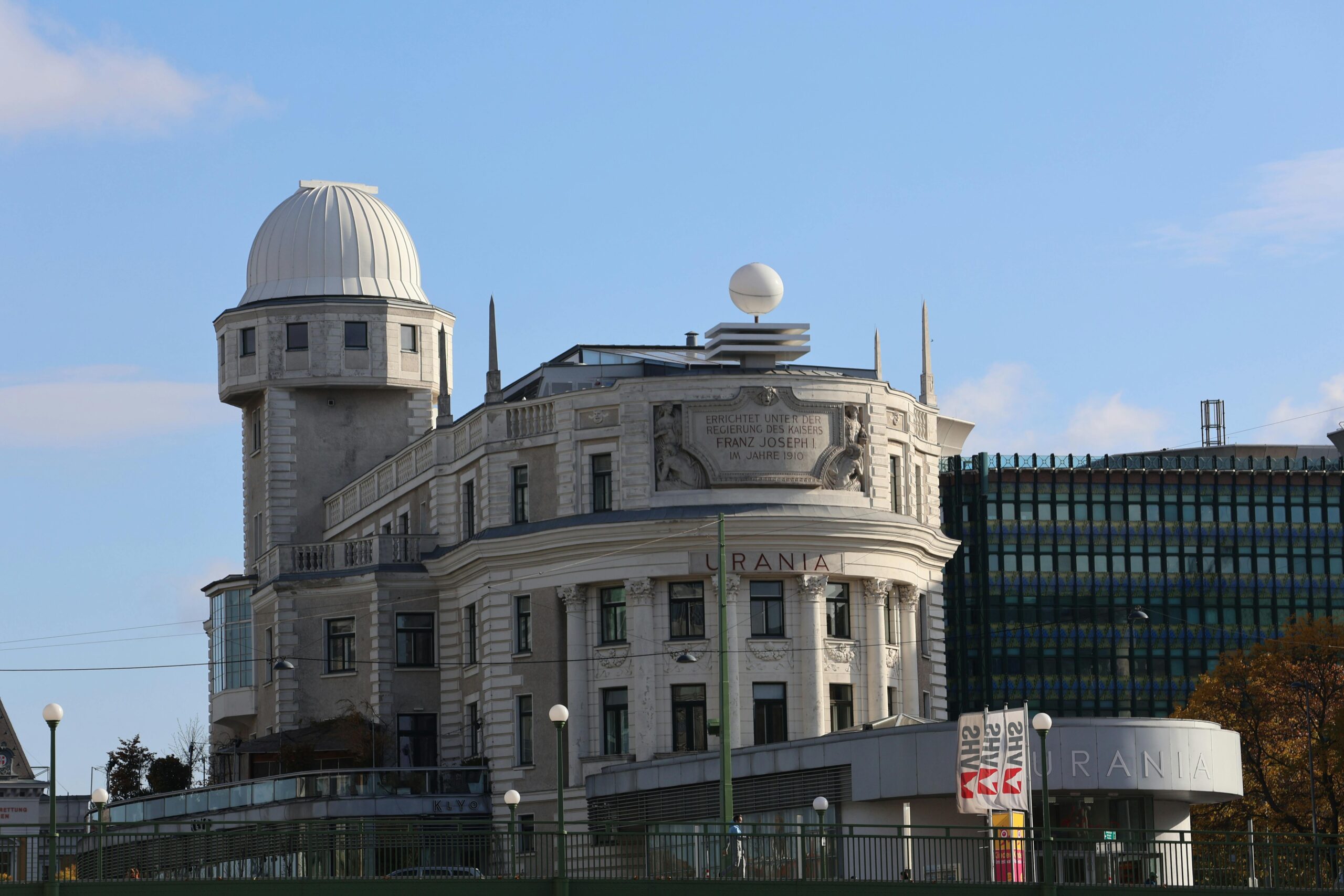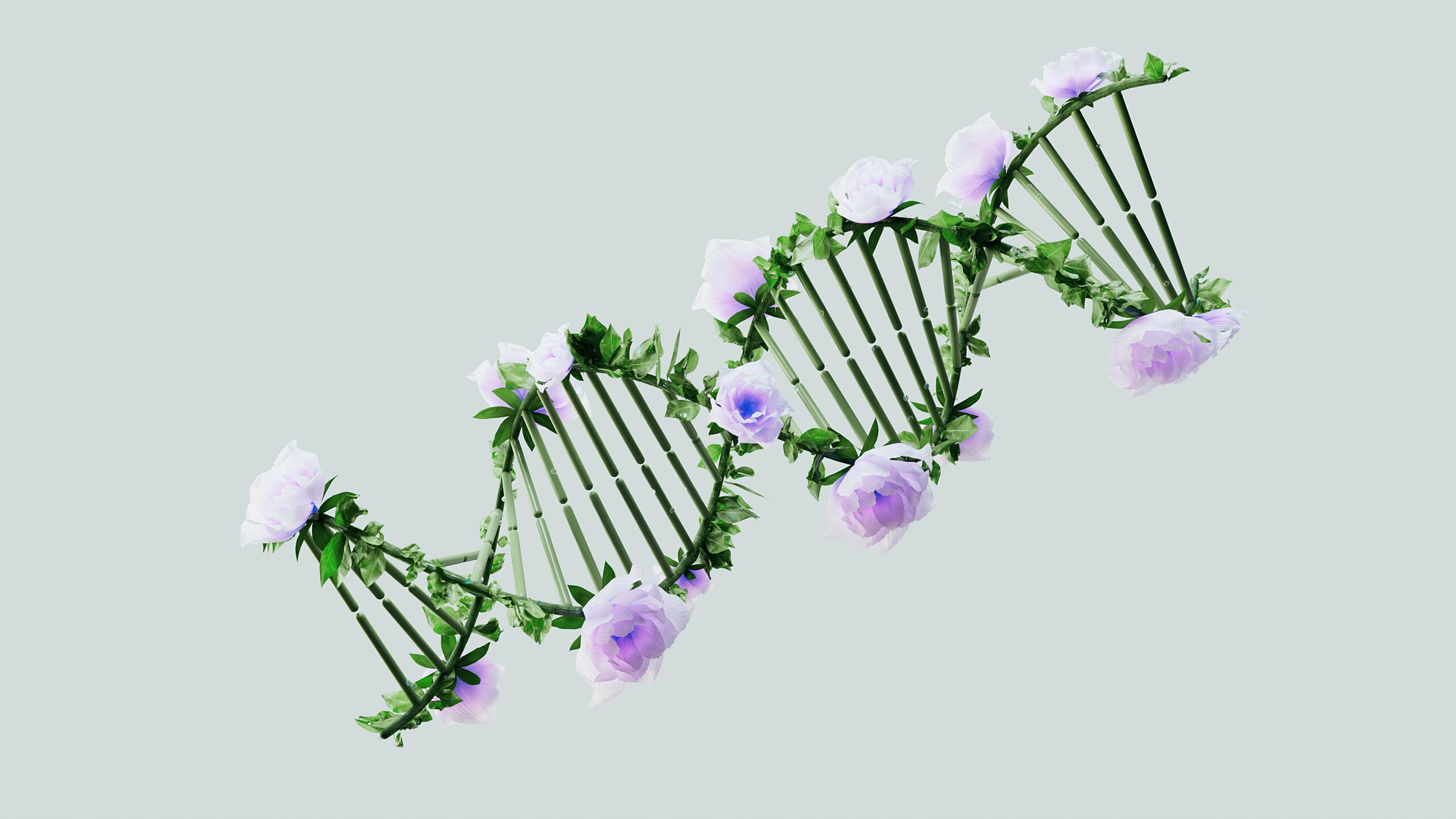The quest for eternal youth has captivated humanity for millennia, and now CRISPR technology is transforming this ancient dream into scientific reality.
As we stand at the precipice of a revolutionary era in biotechnology, CRISPR-Cas9 gene editing is emerging as one of the most promising tools in our arsenal against aging. This groundbreaking technology offers unprecedented precision in modifying our genetic code, potentially allowing us to rewrite the biological script that governs how we age. Scientists worldwide are investigating how CRISPR can target age-related genetic mutations, restore cellular function, and potentially reverse the hallmarks of biological aging.
The implications of this research extend far beyond simple cosmetic improvements. We’re talking about fundamentally altering the way our cells deteriorate over time, addressing the root causes of age-related diseases, and potentially extending not just lifespan but healthspan—the period of life spent in good health.
🧬 Understanding CRISPR: The Molecular Scissors Reshaping Our Future
CRISPR, which stands for Clustered Regularly Interspaced Short Palindromic Repeats, functions as molecular scissors that can cut DNA at precise locations. Originally discovered as a bacterial immune system, scientists have adapted this natural mechanism into a powerful gene-editing tool that can add, remove, or alter genetic material with remarkable accuracy.
The CRISPR-Cas9 system consists of two key components: the Cas9 protein that acts as the scissors, and a guide RNA that directs the scissors to the exact location in the genome that needs editing. This targeted approach represents a quantum leap forward from previous gene therapy methods, which were often imprecise and carried significant risks of off-target effects.
What makes CRISPR particularly revolutionary for anti-aging applications is its versatility and efficiency. Researchers can now target multiple genes simultaneously, creating comprehensive interventions that address the complex, multi-factorial nature of aging rather than focusing on single pathways.
The Biological Clock: How Aging Happens at the Genetic Level ⏰
Before we can appreciate how CRISPR might reverse aging, we need to understand the genetic mechanisms that drive this process. Aging isn’t caused by a single gene or mutation but rather represents the accumulation of various molecular and cellular damages over time.
At the chromosomal level, our telomeres—protective caps at the ends of chromosomes—shorten with each cell division. When telomeres become critically short, cells enter senescence, a state where they stop dividing but don’t die. These senescent cells accumulate and secrete inflammatory factors that damage surrounding tissues, contributing to age-related inflammation and disease.
Simultaneously, our DNA accumulates mutations and damage from environmental stressors, metabolic byproducts, and copying errors during cell division. Our cells possess repair mechanisms, but these become less efficient with age. Epigenetic changes—modifications that affect gene expression without altering the underlying DNA sequence—also accumulate, causing genes to be expressed at inappropriate times or in incorrect amounts.
The Hallmarks of Aging: CRISPR’s Potential Targets
Scientists have identified several hallmarks of aging that serve as potential intervention points for CRISPR technology:
- Genomic instability: Accumulated DNA damage and mutations that compromise cellular function
- Telomere attrition: Progressive shortening of chromosome-protecting structures
- Epigenetic alterations: Changes in gene expression patterns that affect cellular identity and function
- Loss of proteostasis: Declining ability to maintain properly folded, functional proteins
- Mitochondrial dysfunction: Reduced energy production and increased oxidative stress
- Cellular senescence: Accumulation of non-dividing cells that secrete harmful factors
- Stem cell exhaustion: Declining regenerative capacity of tissue-maintaining cells
💉 CRISPR Strategies for Genetic Rejuvenation
Researchers are developing multiple CRISPR-based approaches to target these aging hallmarks, each representing a different strategy for genetic rejuvenation.
Telomere Extension and Maintenance
One promising avenue involves using CRISPR to enhance telomerase activity—the enzyme responsible for maintaining telomere length. Scientists have successfully used CRISPR to increase telomerase expression in cultured cells, effectively extending their replicative lifespan. In animal models, similar interventions have shown promising results, with treated mice displaying improved healthspan markers and delayed onset of age-related pathologies.
However, this approach requires careful calibration. Excessive telomerase activity is associated with cancer, as it can allow damaged cells to continue dividing indefinitely. The challenge lies in finding the optimal level of telomerase enhancement that promotes healthy cell division without increasing cancer risk.
Eliminating Senescent Cells
Another groundbreaking application involves using CRISPR to selectively eliminate senescent cells. Researchers have developed CRISPR systems that can identify molecular markers specific to senescent cells and trigger their programmed death—a process called apoptosis. This approach, known as senolysis, has shown remarkable results in animal studies, with treated mice exhibiting improved physical function, reduced inflammation, and extended lifespan.
The beauty of this strategy is its specificity. Unlike chemical senolytics, which can have broad effects on multiple cell types, CRISPR-based senolysis can be precisely targeted to remove only the problematic cells while leaving healthy tissue intact.
🔬 Epigenetic Reprogramming: Turning Back the Cellular Clock
Perhaps the most exciting frontier in CRISPR-based rejuvenation involves epigenetic reprogramming. Scientists have discovered that aging isn’t just about accumulated damage—it’s also about cells “forgetting” their youthful identity due to epigenetic changes.
The Yamanaka factors—a set of four transcription factors identified by Nobel laureate Shinya Yamanaka—can reset mature cells to a pluripotent state, essentially erasing their cellular age. However, full reprogramming carries risks, including loss of cellular identity and potential tumor formation.
Researchers are now using modified CRISPR systems, such as CRISPR activation (CRISPRa) and CRISPR interference (CRISPRi), to fine-tune the expression of these reprogramming factors. By temporarily activating partial reprogramming, scientists can restore youthful epigenetic patterns without completely erasing cellular identity.
Studies in aged mice have demonstrated that partial reprogramming can restore vision in damaged optic nerves, improve muscle regeneration, and enhance cognitive function. These results suggest that epigenetic aging may be reversible, and that CRISPR could be the tool that allows us to rewind the cellular clock.
Mitochondrial Rejuvenation Through Gene Editing 🔋
Mitochondria, the powerhouses of our cells, contain their own small genome that’s particularly vulnerable to damage. Mitochondrial dysfunction is a major contributor to aging, as these organelles become less efficient at producing energy and generate more harmful reactive oxygen species.
CRISPR technology has been adapted to target mitochondrial DNA, allowing researchers to correct mutations that accumulate with age. This mitochondrial-targeted CRISPR, often called mitoTALENs or mitoCRISPR, has successfully corrected disease-causing mutations in cultured cells and animal models.
By restoring mitochondrial function, these interventions could address multiple aging hallmarks simultaneously, as healthy mitochondria are essential for cellular energy, metabolism, calcium signaling, and programmed cell death regulation.
⚠️ Challenges and Limitations on the Path to Rejuvenation
Despite the tremendous promise of CRISPR-based rejuvenation, significant challenges remain before these technologies can safely transition from laboratory to clinic.
Delivery Mechanisms
One of the most significant obstacles is delivering CRISPR components to the right cells in living organisms. While injecting CRISPR directly into cultured cells or early embryos is straightforward, targeting specific tissues in adult humans presents formidable challenges. Current delivery methods using viral vectors or nanoparticles have limitations in terms of efficiency, tissue specificity, and potential immune responses.
Off-Target Effects and Safety Concerns
Although CRISPR is remarkably precise, it isn’t perfect. Off-target edits—unintended modifications at similar DNA sequences—remain a concern, particularly for anti-aging applications that might require treating billions of cells throughout the body. Even a small percentage of off-target edits could accumulate into significant problems over time.
Advanced CRISPR variants with improved specificity, such as base editors and prime editors, are addressing these concerns. These next-generation tools can make single-letter changes to DNA without creating double-strand breaks, significantly reducing the risk of unintended consequences.
Ethical Considerations and Accessibility
The prospect of genetic rejuvenation raises profound ethical questions. Who will have access to these technologies? Will CRISPR-based anti-aging treatments exacerbate existing inequalities, creating a longevity divide between the wealthy and everyone else? How will extended lifespans affect population dynamics, resource consumption, and social structures?
Furthermore, there are questions about the naturalness of such interventions and whether we should fundamentally alter the human aging process. These discussions are essential as we advance toward making genetic rejuvenation a reality.
🌟 Current Clinical Progress and Future Prospects
While CRISPR-based rejuvenation therapies aren’t yet available for healthy aging, the technology is rapidly advancing through clinical trials for age-related diseases. CRISPR treatments are currently being tested for conditions such as sickle cell disease, beta-thalassemia, certain cancers, and hereditary blindness—many of which share mechanisms with normal aging.
The success of these trials is paving the way for broader applications. As safety profiles improve and delivery methods become more sophisticated, researchers are optimistic that CRISPR-based interventions specifically targeting aging mechanisms will enter clinical testing within the next decade.
Several biotechnology companies are already investing heavily in this field. Researchers are developing comprehensive rejuvenation platforms that combine multiple CRISPR approaches—targeting senescent cells, restoring telomere length, correcting mitochondrial dysfunction, and reprogramming epigenetic marks simultaneously.
The Convergence of Technologies: CRISPR and Beyond 🚀
CRISPR isn’t working alone in the quest for rejuvenation. The most promising approaches combine gene editing with other cutting-edge technologies to create synergistic effects.
Artificial intelligence and machine learning are accelerating the identification of optimal gene targets and predicting potential off-target effects. Advanced imaging technologies allow researchers to monitor cellular changes in real-time, providing immediate feedback on intervention effectiveness. Single-cell sequencing reveals how individual cells respond to treatments, enabling personalized approaches tailored to each person’s unique genetic and epigenetic profile.
The integration of CRISPR with stem cell therapy represents another powerful combination. Researchers can use CRISPR to enhance the properties of stem cells before transplantation, creating “super-charged” cells with improved survival, homing, and regenerative capacity.
🏥 From Laboratory to Longevity: The Translational Journey
The path from promising laboratory results to safe, effective human therapies is long and complex. Regulatory agencies like the FDA require extensive safety and efficacy data before approving new treatments, particularly for interventions that modify the human genome.
Initial human applications of CRISPR for rejuvenation will likely focus on specific age-related conditions rather than healthy aging. Treatments for diseases like progeria (premature aging syndrome), age-related macular degeneration, or specific aspects of immunosenescence may serve as stepping stones toward broader anti-aging applications.
As evidence accumulates and safety profiles are established, the definition of “treatable conditions” may expand to include normal aging itself. This shift would represent a paradigm change in medicine—from treating aging-related diseases to preventing them by addressing aging at its source.

🌈 Reimagining Human Potential Through Genetic Rejuvenation
The ultimate promise of CRISPR-based rejuvenation extends beyond simply adding years to life. By maintaining cellular and tissue function at youthful levels, these interventions could fundamentally transform the human experience of aging.
Imagine a future where the decline in physical strength, cognitive function, and disease resistance that we currently accept as inevitable becomes optional. Where people can remain productive, engaged, and healthy well into their hundreds. Where age-related diseases like Alzheimer’s, cardiovascular disease, and cancer become rare because we’ve addressed the underlying aging processes that make us vulnerable to them.
This vision isn’t mere science fiction. The rapid pace of CRISPR technology development, combined with our growing understanding of aging biology, suggests that significant advances in genetic rejuvenation may arrive sooner than many expect. While challenges remain, the scientific foundation is solid, and momentum is building.
The fountain of youth that alchemists and explorers sought for centuries may not be a mystical spring after all, but rather a sophisticated molecular tool that allows us to edit the very code of life. CRISPR is unlocking doors that were previously sealed, revealing possibilities that previous generations could only imagine. As we continue to refine these technologies and address the ethical, social, and practical challenges they present, we move closer to a future where aging is no longer an inevitable decline but a treatable condition—where the fountain of youth flows not from legend, but from laboratory.
The revolution in genetic rejuvenation is underway, and CRISPR stands at its forefront, offering humanity an unprecedented opportunity to rewrite our biological destiny and unlock healthier, longer lives for generations to come.
Toni Santos is a longevity writer and regenerative medicine researcher dedicated to exploring how biology, technology, and ethics can extend healthspan. With a focus on cellular repair and anti-aging biotechnology, Toni examines how next-generation therapies translate lab breakthroughs into real-world vitality. Fascinated by stem cell science, telomere dynamics, and systems biology, Toni’s journey bridges research reviews, expert interviews, and clear public communication. Each article he shares aims to separate evidence from hype—helping readers understand what’s promising, what’s premature, and what truly supports long-term health. Blending molecular biology, clinical insight, and accessible storytelling, Toni investigates interventions that target the root drivers of aging. His work honors responsible innovation—prioritizing safety, transparency, and human wellbeing in the pursuit of extended healthspan. His work is a tribute to: Anti-aging biotechnology grounded in rigorous evidence Cellular rejuvenation pathways that restore function and resilience Stem cell and telomere research advancing ethical longevity care Whether you’re a clinician, researcher, or health enthusiast, Toni Santos invites you to explore the frontiers of regeneration—one discovery, one mechanism, one healthier year at a time.




